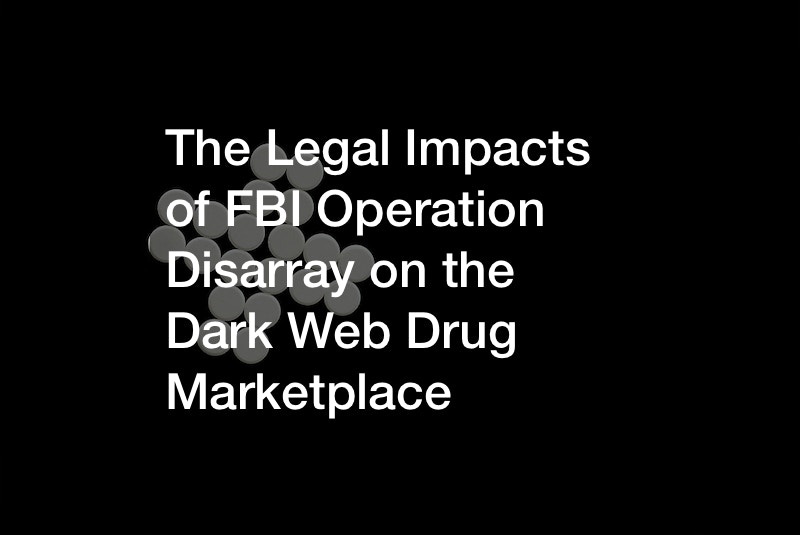It is often used in federal legislation.
CSA Policy and the Five Schedules
Distribution and manufacturing of drugs is controlled by The Controlled Substances Act, which regulates drug use. The government categorizes substances according to the five different schedules.
Schedule I (drugs that have a strong potential for misuse) includes heroin, marijuana, LSD, and ecstasy Schedule II (dangerous drugs, high potential for abuse, may lead to severe psychological dependence): meth, cocaineand morphine oxycodone Schedule III (moderate potential for abuse): anabolic steroids and Vicodin Schedule IV (low potential for abuse) (Valium and Xanax) Schedule V (medication-like substance, virtually zero possibility of misuse): Lyrica
What does this schedule mean? The list of drugs is the basis for the legal consequences of crime involving drugs. You may have realized, substances with higher ratings are punished more severely. When a lawyer is charged with any drug-related offense, the first thing is to learn the list of sanctions so that they have a well-constructed defense.
Legal Issues for Guilty Parties (and Information on Bail Bonds for Drug Charges)
Drug-related crime is a matter that the government considers very seriously. Therefore, you can expect enormous legal consequences for responsible parties. In this part, you’ll learn about the minimum sentence that is mandatory and the ways a criminal attorney could help anyone who has been charged with any drug-related offense.
Minimal mandatory sentences
The penalties that are mandatory in the law are tied to the type of substance and size. The mandatory minimum punishment of five years is applied to anyone who is in excess of the amount of. The maximum punishment is 40 years. If 100g is found as an example, an suspect will be sentenced to 5 years of imprisonment.
Furthermore, the punishment is increased in the event of the record of previous
y17gc1apgf.
